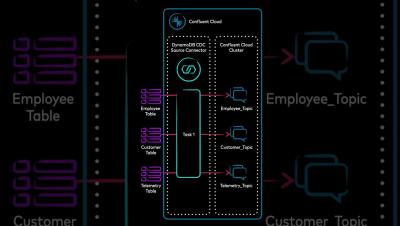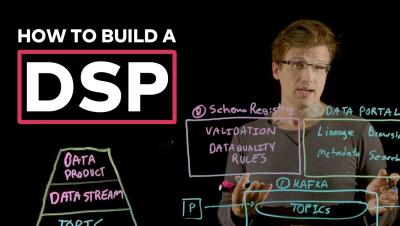How to source data from AWS DynamoDB to Confluent using the DynamoDB CDC Source Connector
This is a one-minute video showing an animated architectural diagram of the integration between Amazon DynamoDB and Confluent Cloud using the all new, fully managed DynamoDB CDC Source connector. This real-time data pipeline doesn’t require you to write or maintain code.











